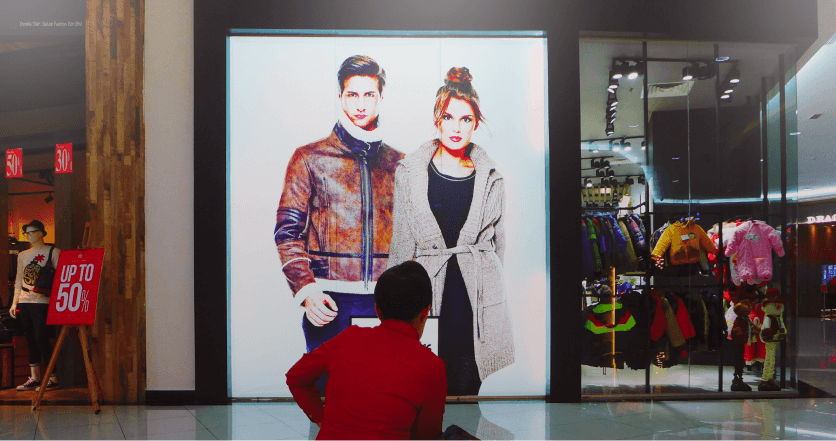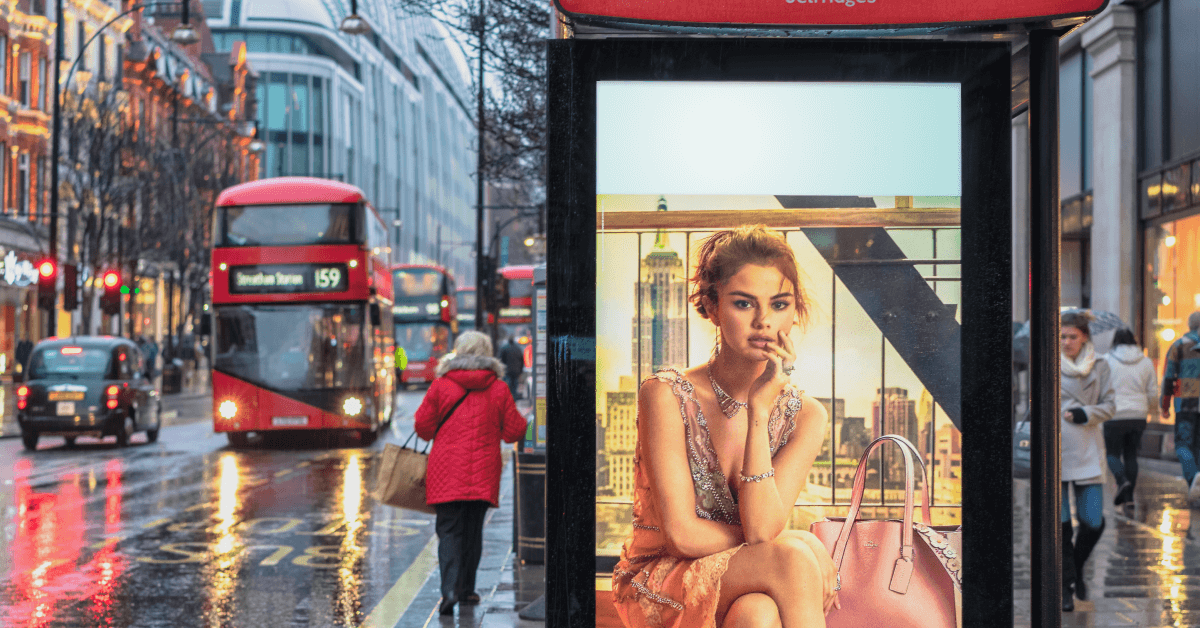Remember the good old days of shopping? It used to be a hands-on adventure; people strolled from shop to shop, looked at items face-to-face, and depended a lot on convincing sellers. It wasn’t only about the item itself but also about the fun of in-store shopping and their ability to touch, feel, and test an item before making a decision.
Today, everything has changed. We no longer have to go outside to buy things. Instead, we look at websites, see product pictures, ͏watch clips, and trust online reviews. The whole choice-making process is now much affected by watching content. High-quality images and fun videos have taken the place of the sales talk, and many times, they are the key factors in whether a buyer makes a purchase.
Why are visuals so powerful?
Humans are naturally visual creatures. Research findings reveal that our brains interpret images 60,000 times quicker than they process written text. This means that when a consumer lands on a product page or walks past a digital sign, the visuals will shape their perception almost instantly.
Here’s why visuals are crucial in influencing consumer decisions:
First impressions matter
The moment a customer sees a product, they start forming an opinion. A high-resolution image or an engaging video can create a positive first impression that encourages them to explore further. On the other hand, low-quality visuals can immediately turn potential buyers away.
Trust and credibility
Customers want to feel confident about their purchases. High-quality images and detailed videos help bridge the gap between online and in-person shopping by offering a clear, close-up view of what they are buying.
Emotional connection
People don’t just buy products; they buy the emotions and experiences that come with them. A well-crafted image or video can evoke feelings of excitement, nostalgia, or even aspiration, making the product more appealing.
Memory booster
People remember visuals better than text. When they see an eye-catching product image or an engaging demo video, they are more likely to recall the product when making a decision later on.
Universal language
Images and videos transcend language barriers. A powerful product image can communicate its value to any audience without the need for lengthy descriptions.
The role of visual content in online shopping
Product images – More than just pictures
High-resolution images allow customers to inspect details they would normally check in-store. Features like zoom functionality, 360-degree views, and lifestyle images showing the product in use help create a more immersive experience.
- Detailed and clear: Customers want to see texture, color accuracy, and size comparisons.
- Contextual images: Showing the product in real-life situations helps buyers visualize it.
- Multiple angles: A single image is not enough. Showing different perspectives enhances credibility.
The power of product videos
A product video does more than showcase an item; it tells a story.
- Demonstration: Videos show how a product functions, solving uncertainty for potential buyers.
- Storytelling: People connect better with narratives. A well-made video can highlight benefits in a compelling way.
- Social proof: User-generated testimonial videos or influencer endorsements add authenticity.

The impact of digital signage on consumer behavior
Digital signage is truly transforming the landscape for brick-and-mortar stores. Unlike old static posters, digital displays give brands the flexibility to update their content easily, engage customers in a lively way, and influence their buying decisions.
Why is digital signage effective?
Future trends in visual content
The future of visual content is focused on creating immersive and personalized shopping experiences. Augmented Reality (AR) and Virtual Reality (VR) will continue to change the retail industry by allowing consumers to try on clothing virtually or place furniture in their homes before making a purchase. Interactive 360-degree product views will enhance engagement, providing a more detailed look at products from every angle.
Artificial intelligence (AI) will also greatly enhance personalized visual content delivery. AI-powered recommendations derived from user behavior while browsing will enable more personalized shopping. Additionally, eco-conscious consumers will see a rise in brands using sustainability-focused visuals to highlight ethical sourcing and environmentally friendly practices. These trends will ensure that visual content remains a powerful tool in influencing consumer decisions.

Final thoughts
Consumers now expect a visually compelling shopping experience—online and offline. High-quality product images, engaging videos, digital signage, and newer technologies such as AR and AI all result in better-informed decisions. Brands that invest in visual content will not only attract more shoppers but also earn lasting trust and credibility.
Whether you sell online or offline, one thing is for sure: Visuals are not just important; they’re essential. If you must sell more, you need to make your visuals work.
